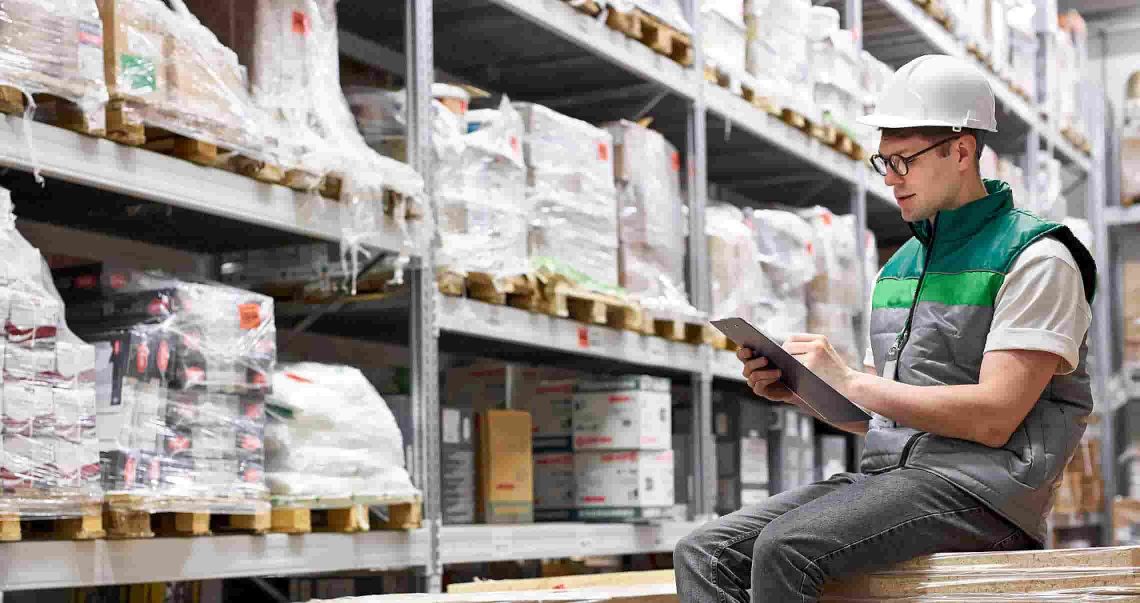Commercial Lending Trends: How Will Economic Recovery Affect Commercial Lending?
During a recovery, commercial and industrial, or C&I, lending usually rises with the rest of the economy. However, the COVID-19 recovery has been anything but normal, which is why the rebound hasn't followed typical commercial lending trends.

Here's what's happening and its ongoing impact on the commercial lending process.
A slow start that turned around
The COVID-19 economic recovery began in the first half of 2021, as the vaccines allowed consumers to get out and start spending again. In a normal recovery, this would've been good news for business lending. However, C&I lending actually fell during Q2 and Q3 of 2021.
One possible reason companies weren't borrowing as much was that they were still spending down the large amounts they received in government support through the Paycheck Protection Program. In addition, companies may have been waiting to develop their economic recovery plan, especially when the economy hit bumps as a result of COVID-19 variants.
However, demand for C&I lending really started to pick up by the end of 2021 and the start of 2022. Companies seem poised to use business expansion loans to replenish inventories and meet this strong customer demand.
Uneven industry loan demand
While commercial lending as a whole is going up, some sectors are in better positions than others. For example, industrial loan growth was very high. Manufacturers are pushing to increase production to handle the shortages and high prices caused by international supply chain issues. Given the strength of the housing market—especially the rental market—there's also considerable demand for multifamily commercial loans. Healthcare, food products and wholesale supply are other strong sectors.
Other sectors had more mixed results. In 2022, there's been more demand for commercial real estate loans for offices, but delinquencies remain an issue. As many companies continue to have their employees work from home, empty offices remain a problem across major cities.
Retail and lodging are also seeing more loan origination but haven't recovered to their pre-pandemic level, either. Lenders will be tracking the economic and commercial lending trends to figure out what sectors to best target their future outreach.
More uncertainty in the future
Whether strong C&I loan growth can continue going forward is unclear, as there's more uncertainty on the horizon. The Fed keeps raising interest rates to offset inflation. This could cool off investment demand. Consumer demand may also slow down as they deal with inflation and have spent down their excess savings built during the pandemic shutdowns. Lastly, another COVID-19 variant and more shutdowns remain a possibility.
Commercial borrowers have been leaning toward financing that keeps their options open. In 2021, they set a record for the number of lines of credit taken out. A line of credit gives them the chance to borrow when they need to, without locking them into ongoing loan payments. While that might be a good solution for borrowers, it's not ideal for commercial lenders who only make money when loans are sent out. They don't earn interest on an undrawn line of credit.
Commercial lenders should continue maintaining relationships with these clients as they figure out their economic recovery plan to decide when it makes sense to borrow and what to consider when looking for the right type of business loan.
A shift to digital
The pandemic shifted commercial lending trends toward more digital solutions, just like every other sector. Banks already handled a higher-than-average share of their work on cloud networks before COVID-19, and that trend has continued.
Commercial lenders that offered digital onboarding for Paycheck Protection Program loans during the pandemic tended to cut costs and were able to bring on more clients. This encouraged others to develop more remote, digital solutions for loan applications and origination. After all, commercial and industrial borrowers now expect these convenient options.
Given the interruptions in the traditional way of doing business, commercial lenders may also start relying on alternative data points for loan underwriting. This includes basing lending decisions on credit card and bank account transactions, as well as traditional metrics like credit scores and financial statements. They could also use artificial intelligence to track cash flow trends and insolvency signals to improve their loan underwriting standards.
The COVID-19 pandemic was tough for C&I lenders, like everyone else. However, the silver lining is that it seems to be leading to a decent recovery and improvements in the commercial lending process.




